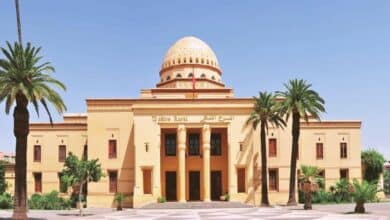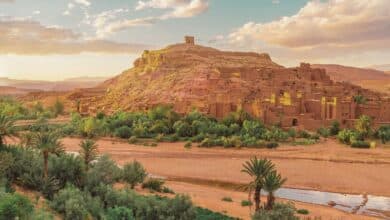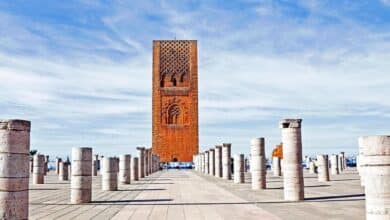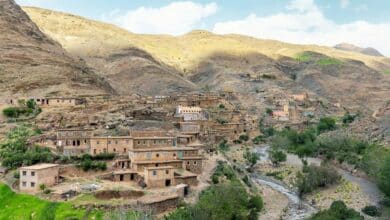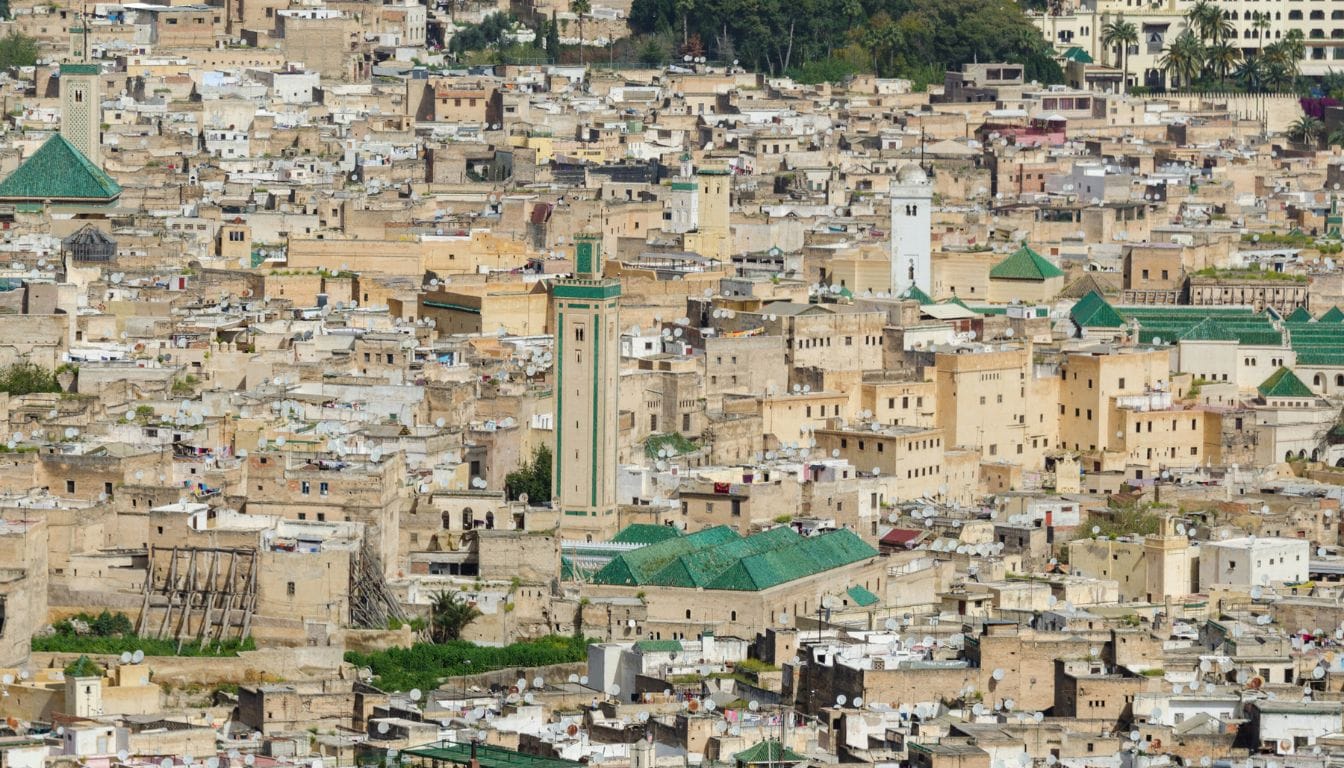
Medina of Fez – Moroccan Cultural Heritage
Did you know that Fez has the oldest university in the world? It was founded in the 9th century. The Medina of Fez is a jewel of Moroccan heritage . It is a UNESCO classified site. Its history also dates back to the 9th century.
The Medina grew between the 13th and 14th centuries, under the Marinids. During its golden age, Fez was the capital, ahead of Marrakech. It saw the birth of many monuments, such as madrassas and palaces.
Even though the political capital of Morocco became Rabat in 1912, Fez remains the cultural and spiritual heart of the country. The urban fabric of the Fez Medina is remarkable. It shows refined construction techniques over a thousand years.
The university, founded in the 9th century, shows the cultural and architectural level of the time. These elements make Fez a special place to discover.
History and Importance of the Medina of Fez
The Medina of Fez was established in the 9th century by the Idrisid dynasty. It is the historic heart of this Moroccan city. This city has seen many developments over the centuries. Each step reinforces its essential role in the history and culture of Morocco.
Historical Development
After its creation, the medina flourished under the Marinid dynasty in the 13th and 14th centuries. Many historical monuments were built at this time. Even though the seat of the capital moved from Fez to Rabat in 1912, Fez remained important. In 1981, UNESCO recognized it for its history and culture by classifying it as a world heritage site.
Cultural and Spiritual Role
The medina of Fez is central in the history of Fez and in the culture and spirituality of Morocco. It represents much more than the architecture and the narrow streets. It symbolizes the depth of Moroccan spirituality. Thanks to safeguarding plans, this cultural gem is protected for the future.
Monuments and Architecture of the Medina of Fez
The Medina of Fez extends over 280 hectares. It is home to Fez monuments which tell of a rich cultural heritage. Between 789 and 808, the oldest part, Fez el-Bali, was created. Later, in 1276, the Marinids built Fez el-Jedid, blending their style with local architecture. In 1981, UNESCO listed the Medina of Fez as a world heritage site under number 170. This city is one of the largest and best preserved in the Arab-Muslim world.
The El Quaraouiyine Mosque , built in 859, is an important symbol. It is also one of the oldest universities. Inspired by Muslim Spain and other styles, it shows well the Medina architecture of Fez . Another famous building is the 14th century Medersa Bou Inania. You can visit its interiors to admire its architecture. The Bab Boujloud, with its colorful tiles, is one of the best-known gates of the medina.
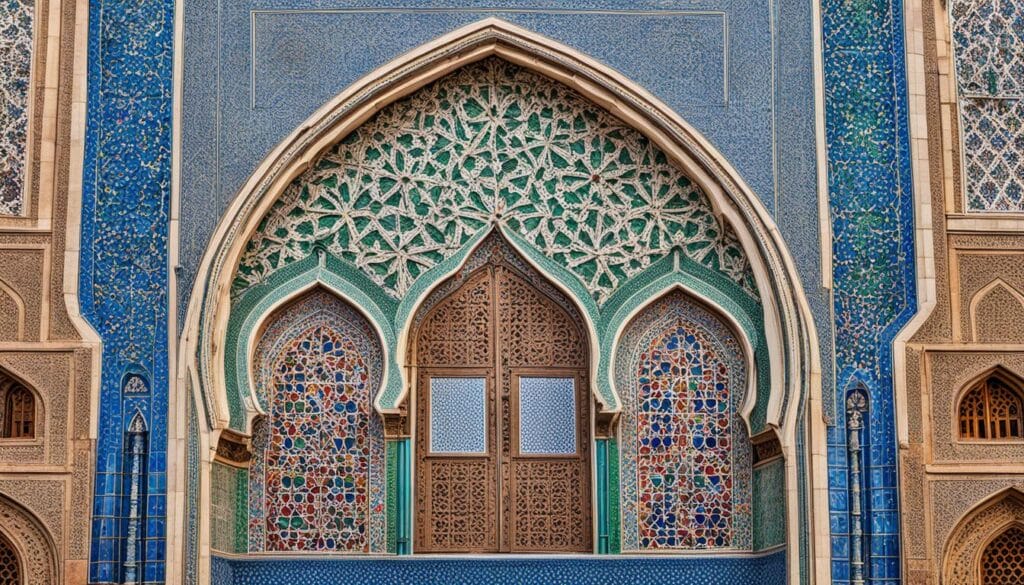
More than 350 mosques and several Medina monuments are spread throughout the Medina. Since the 9th century and particularly in the 13th and 14th centuries under the Merinids, the city has kept its structure. In 2001, a renovation program was launched. It made it possible to preserve the historic aspect of the Medina.
The narrow streets and typical houses are part of the charm of the Medina. They were designed to provide privacy for residents. The interior courtyards and gardens contribute to the beauty of the Medina architecture of Fez . Visiting the Medina allows you to discover centuries of history and cultural wealth.
Conclusion
The wealth of the Medina of Fez comes from its unique history. It was founded in the 9th century. Its peak was between the 13th and 14th centuries thanks to the Marinids.
Afterwards, she remained of age culturally and spiritually. This was even after losing its status as a political capital in 1912.
The Medina has very important monuments. There are schools, inns, and palaces. It is one of the great centers of Arab-Muslim architecture.
It mixes styles from Andalusia, Africa, and the Orient. With more than ten centuries of history, the Medina shows a rich heritage.
Today, it faces challenges like old buildings. Urban planning began in 1974. UNESCO has since helped with its preservation.
Thanks to international and local aid, the Medina is being renovated. The Ministry of Culture strictly monitors its conservation. This ensures that it remains a treasure of Moroccan culture.

